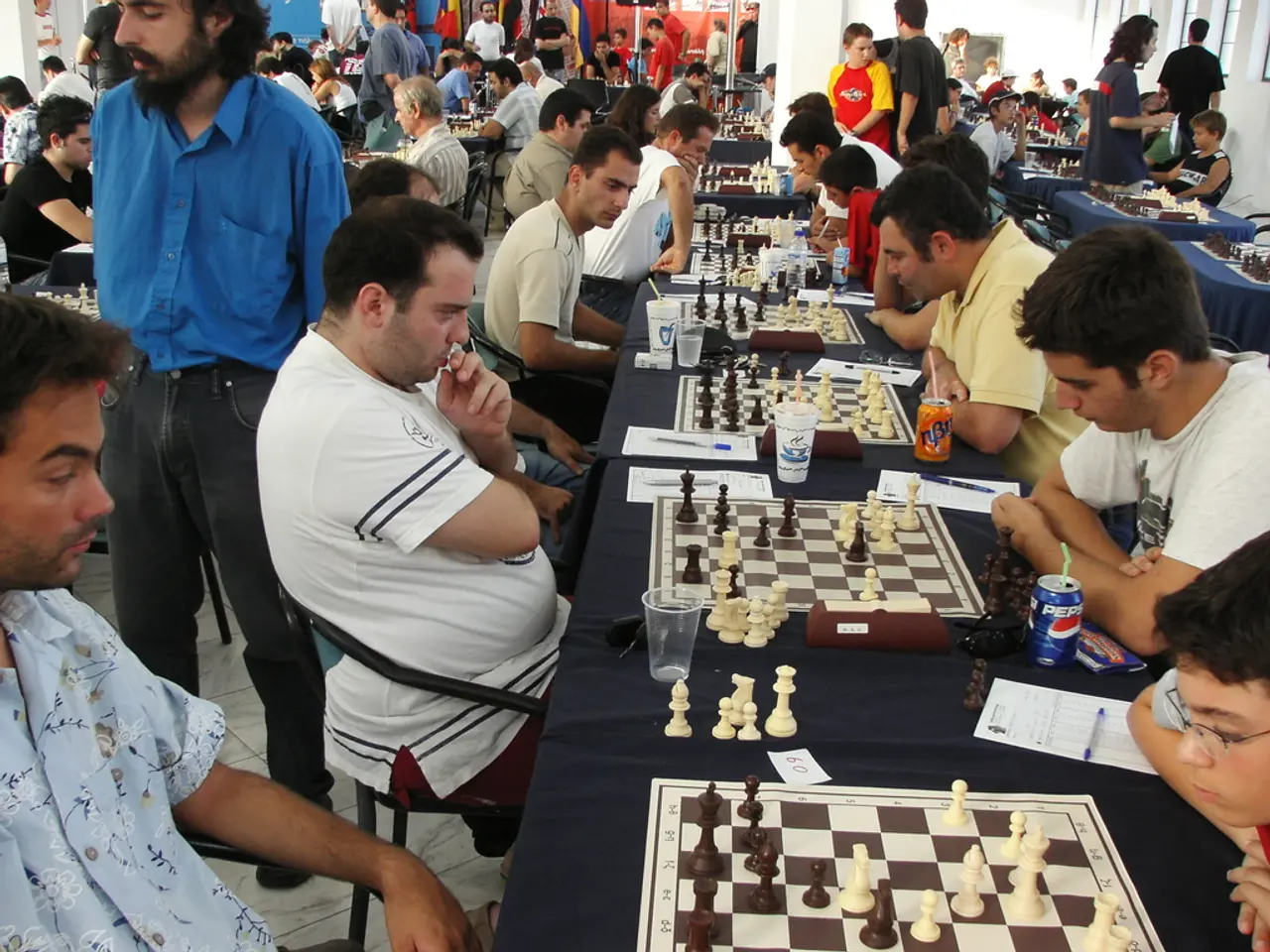Comprehensive Guide on Lymphoma
Non-Hodgkin lymphoma (NHL) is a type of blood cancer that affects approximately 5% of all cancer cases worldwide. NHL is divided into two major categories: Hodgkin lymphoma and non-Hodgkin lymphoma, with the latter accounting for 90% of cases. Here, we focus on the common subtypes of non-Hodgkin lymphoma.
Diffuse Large B-Cell Lymphoma (DLBCL)
The most common subtype of NHL, Diffuse Large B-Cell Lymphoma (DLBCL), is classified as an aggressive lymphoma. It arises from clonal proliferation of germinal center B cells or activated B cells. DLBCL can present without enlarged lymph nodes and has several rare variants with different clinical features but similar treatment.
Follicular Lymphoma (FL)
Follicular Lymphoma (FL) is an indolent (slow-growing) B-cell lymphoma originating from germinal center B cells. It includes several histological patterns such as follicular small cleaved and follicular mixed small- and large-cell lymphomas. FL usually has prolonged survival but is considered incurable with standard therapy.
Small Lymphocytic Lymphoma (SLL)
Small Lymphocytic Lymphoma (SLL) is an indolent, small mature B-cell lymphoma closely related to chronic lymphocytic leukemia (CLL). It is characterized by small lymphocytes with clumped chromatin.
Mantle Cell Lymphoma (MCL)
Mantle Cell Lymphoma (MCL) is an intermediate to aggressive lymphoma derived from B cells that may or may not have undergone germinal center experience. It shows heterogeneous behaviors; some cases overlap with indolent lymphomas but generally more aggressive than follicular lymphoma.
Marginal Zone Lymphomas (MZL)
Marginal Zone Lymphomas (MZL) are indolent lymphomas arising from post-germinal center memory B cells. They include subtypes such as mucosa-associated lymphoid tissue (MALT) lymphoma and splenic marginal zone lymphoma. MZL usually have a slow clinical course and arise in extranodal sites or spleen.
These subtypes of NHL primarily originate from B-cells, with a smaller fraction arising from T cells or natural killer cells. The classification is complex due to the variability in histology within the same patient or between sites, sometimes leading to composite or discordant lymphoma diagnoses.
In addition to these subtypes, autoimmune diseases like Inflammatory bowel disease, rheumatoid arthritis, and Sjögren's syndrome are risk factors for lymphoma.
Early detection and appropriate treatment can significantly improve the prognosis for patients with non-Hodgkin lymphoma. If you experience any unusual symptoms such as swollen lymph nodes, unexplained weight loss, persistent tiredness, night sweats, or recurring fever, it is essential to consult with a healthcare professional.
- Diffuse Large B-Cell Lymphoma (DLBCL), the most common subtype of non-Hodgkin lymphoma, is an aggressive lymphoma that arises from clonal proliferation of germinal center B cells.
- Follicular Lymphoma (FL), an indolent B-cell lymphoma originating from germinal center B cells, can present with prolonged survival despite being considered incurable with standard therapy.
- Small Lymphocytic Lymphoma (SLL), an indolent, small mature B-cell lymphoma closely related to chronic lymphocytic leukemia, is characterized by small lymphocytes with clumped chromatin.
- Mantle Cell Lymphoma (MCL), an intermediate to aggressive lymphoma, shows heterogeneous behaviors and is derived from B cells that may or may not have undergone germinal center experience.
Autoimmune diseases like Inflammatory bowel disease, rheumatoid arthritis, and Sjögren's syndrome are risk factors for lymphoma. Early detection and appropriate treatment can significantly improve the prognosis for patients with non-Hodgkin lymphoma. If you experience any unusual symptoms such as swollen lymph nodes, unexplained weight loss, persistent tiredness, night sweats, or recurring fever, it is essential to consult with a healthcare professional for medical-conditions related to health and wellness, potentially including cancer.




